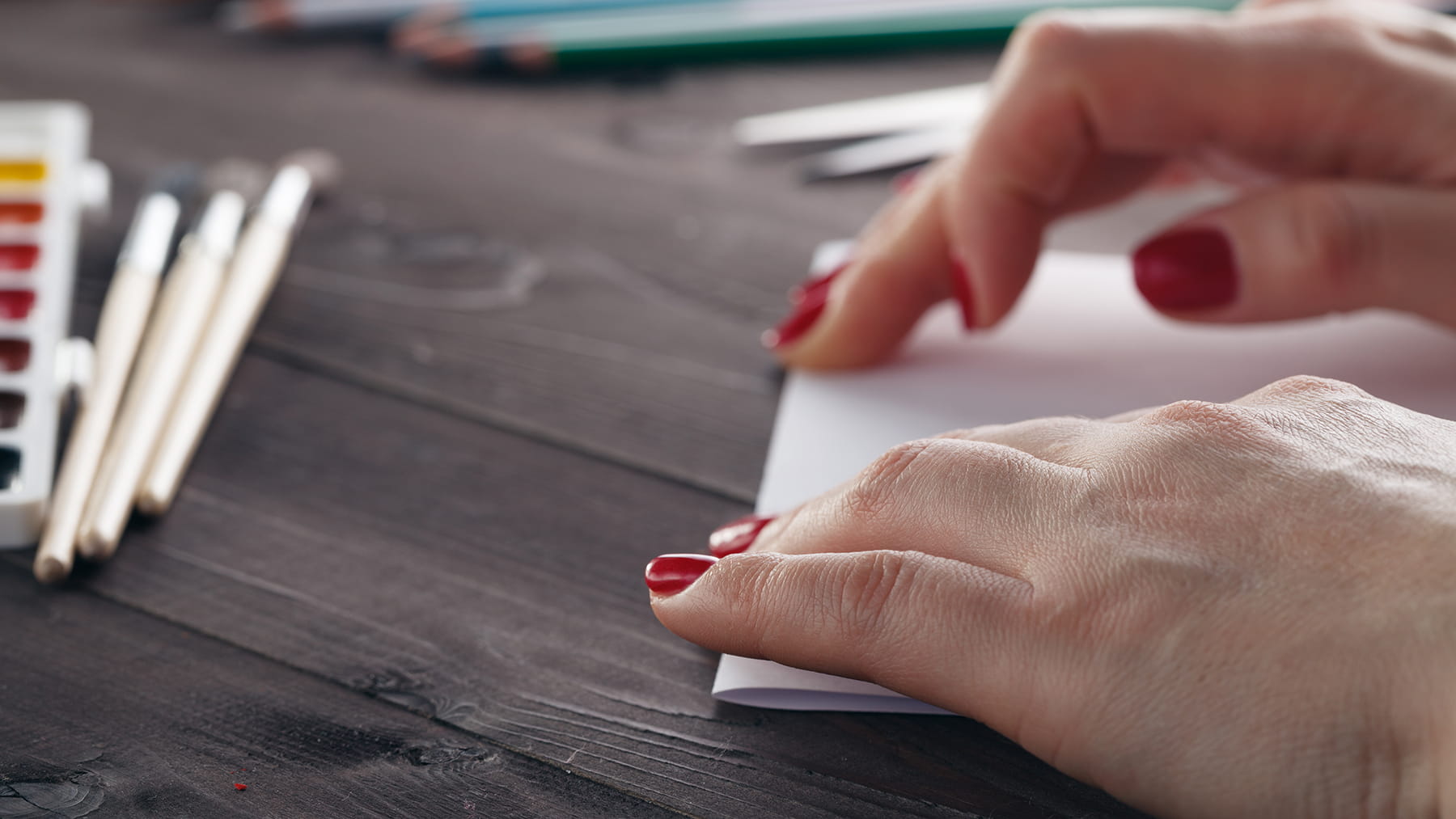Why do paper cuts hurt so much?

For such tiny, shallow wounds, paper cuts can cause a lot of pain. So why do these small cuts sometimes seem to hurt as much as more-significant injuries?
It has less to do with the size of the cuts themselves, and more to do with the areas of the body in which we often experience paper cuts.
Your nerves: Manhattan vs. rural Kansas
Our face, hands and fingertips are richly innervated, meaning they’re filled with tiny nerves and nerve endings that need to receive sensory information from touch in order for us to perform fine motor functions. Each of those nerve fibers is like an electric cable or telephone wire, engineered to carry different types of information between our brains and the rest of our bodies.
A body part like the fingertip is like Manhattan – filled with crisscrossing wires and cables for a dense population. Even a small event in Manhattan could disrupt electric or telephone service for many people. But our backs are more like a desolate area of Kansas, where a car could hit a telephone pole and affect service for only a few residents.
That’s why the pain of common paper cuts is so exquisite – a paper cut on your finger, lips or tongue is cutting through many more nerve endings and lighting up more pain receptors than it might on your back.
Those densely innervated areas of the body also are richly supplied with blood. Many tiny capillaries stretch underneath the skin of your face, hands and fingers, so cutting through them with the edge of a piece of paper also causes you to bleed more than if you’d been cut elsewhere on the body.
For some people, paper cuts are even worse
Those with neuropathy (nerve damage), such as the damage to hands and feet caused by diabetes, can experience greater pain with paper cuts. An immune disease like fibromyalgia, which changes the way the brain recognizes pain signals, can also make people more sensitive to cuts.
On the other hand, some people with nerve damage may not feel a paper cut at all, which could actually lead to more damage.
The pain from paper cuts is protective – it makes you realize you have a cut and forces you to baby that area of the body for a day or two, helping avoid infection or further damage. But if you don’t have sensation and don’t feel the pain, you’re less careful with the cut and it’s less likely to heal.
Preventing and treating paper cuts
Keep in mind that dry skin, or cold skin that’s more rigid, is easier to cut with a paper’s edge. To protect your skin in general, it’s best to stay moisturized and wear gloves when it’s cold.
Using tools to open and lick envelopes also can prevent some of the most common paper cuts on hands and mouths.
When you do get a superficial paper cut, clean the area, try not to separate the edges of the cut, and apply some antibiotic ointment and a bandage to help keep the skin together and free from infection. Deeper cuts, of course, may require medical attention.
Most people will see a paper cut heal within two or three days. However, if your cut doesn’t improve in that time – especially if you have diabetes or are otherwise immunocompromised – talk with your doctor to make sure the cut isn’t triggering another problem, such as an infection.
Our fingers and hands are feats of engineering that perform so many tasks every day: using a pen, cooking, cutting, feeling objects in the dark. We’re able to do this all because of the many nerve endings and nerve organelles in our fingertips. Next time you get a paper cut, consider that the reason it’s so painful is the same reason you’re able to do so much with your hands.
Kiran Rajneesh no longer works at Ohio State University.




